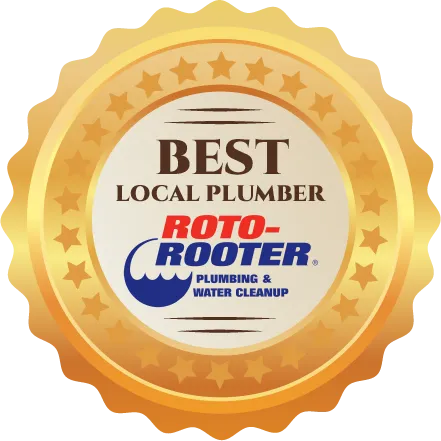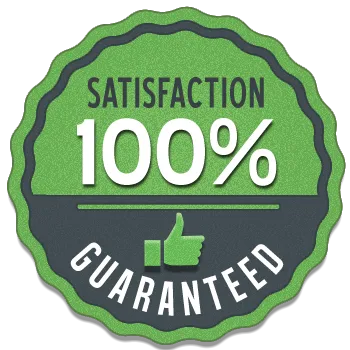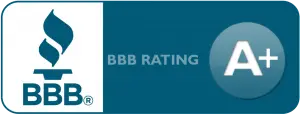Is DIY Plumbing Really Saving You Money?
You might think tackling plumbing tasks yourself in Brooklyn will save you some cash, but have you considered the hidden costs? While fixing that leaky faucet or swapping a showerhead seems straightforward, the older plumbing systems commonly found in many Brooklyn brownstones and pre-war buildings can present unique challenges. Mistakes can lead to costly repairs, especially when dealing with outdated pipes or complex water systems. There’s a fine line between saving a buck and ending up knee-deep in water troubles. So, before grabbing your wrench, it’s worth pondering whether the risk truly outweighs the reward in such a densely populated urban environment.
Understanding the Basics of DIY Plumbing
Understanding the Basics of DIY Plumbing in Coastal Areas
Even if you’re just starting out, grasping the basics of DIY plumbing can save you both time and money, especially in coastal regions where unique challenges arise.
First, familiarize yourself with essential tools like a wrench, plunger, and pipe cutter. Understanding where your main water shut-off valve is located is vital. It’s the first step in preventing water damage during a plumbing mishap, an important consideration in areas prone to heavy rainfall and potential flooding.
Learn how to identify common pipe materials such as PVC, copper, and PEX, as each requires different handling techniques. In coastal areas, it’s crucial to be aware of corrosion-resistant materials due to saltwater exposure.
Recognize parts of your home’s plumbing system, like sinks, faucets, and drains, and know how they function. By mastering these fundamentals, you’ll be equipped to tackle minor repairs confidently.
This foundational knowledge empowers you to handle simple tasks without the immediate need for professional help, which is particularly beneficial in remote coastal locations where professional services may not be readily available.
Common DIY Plumbing Projects and Their Costs
Taking on common DIY plumbing projects in areas with hard water can be both rewarding and cost-effective, especially in regions known for issues like mineral build-up.
Start with simple tasks like fixing leaky faucets or replacing showerheads, which are common problems in places with high mineral content in the water. A leaky faucet might cost you around $20 for a new washer or O-ring, while a showerhead replacement could run between $15 and $50, depending on the model.
In regions where water conservation is prioritized due to drought conditions, upgrading a toilet flapper to fix constant running water is another beneficial project, costing about $10.
If you’re feeling adventurous, installing a new kitchen faucet yourself can save you labor costs, with faucets ranging from $50 to $150.
Make sure you have the right tools on hand, like wrenches and plumbers’ tape, to guarantee a smooth and cost-effective experience, especially in areas where professional plumbing rates are higher due to increased demand.
The Risks of DIY Plumbing Mishaps
While DIY plumbing projects can lead to significant savings, they also come with certain risks that shouldn’t be overlooked, especially in areas with unique challenges like those found in New Orleans.
Due to the city’s high water table and frequent flooding, a small leak can quickly escalate into a major problem if not handled correctly. Missteps like overtightening pipes or using incorrect materials can cause damage and lead to costly repairs.
There’s also the risk of injury; handling tools and heavy fixtures without proper knowledge can be dangerous. Additionally, incorrect installations can void warranties or violate local codes, leading to penalties.
In a city like New Orleans, where humidity levels are often high, water damage isn’t just about fixing pipes; it can promote mold growth, severely impacting your home’s safety and value.
When to Call a Professional Plumber
Knowing when to call a professional plumber in coastal areas can save you time, money, and stress. The unique challenges of living near the ocean, such as saltwater corrosion, can exacerbate plumbing issues.
For instance, if you’re dealing with low water pressure, persistent leaks, or water heater issues, it’s best to call in an expert familiar with coastal conditions. These problems often require specialized tools or skills that you mightn’t possess.
In regions prone to heavy rainfall, such as those near marshlands, mold growth or strange odors might indicate hidden leaks or drainage problems. A plumber can identify and address these issues effectively.
Additionally, for major renovations or installations, a professional ensures everything complies with local codes, preventing future headaches.
Don’t hesitate to reach out to a plumber when your DIY confidence doesn’t match the task at hand, especially in areas where environmental factors add complexity to plumbing systems.
Tips for Successful DIY Plumbing Projects
Embarking on DIY plumbing projects in coastal areas can be both rewarding and economical if approached with the right mindset and preparation. Coastal environments often present unique challenges, such as corrosion due to salty air and high humidity, which can affect plumbing fixtures and materials.
Therefore, it’s important to identify the exact problem, taking into account these location-specific factors. Knowing what you’re dealing with helps you select the right tools and materials that can withstand the local climate.
Always shut off the water supply before starting, preventing unwanted floods. Gather necessary tools like wrenches, pipe cutters, and plumber’s tape, opting for corrosion-resistant options when available.
Read up on your specific project; online tutorials or guides can be invaluable, especially those tailored to coastal conditions. Double-check your work as you go, ensuring connections are tight but not overtightened.
Don’t rush—patience can prevent costly mistakes. Finally, know your limits. If a project seems beyond your skills or involves intricate systems, don’t hesitate to call a professional. Balancing DIY enthusiasm with smart decisions saves money and ensures your plumbing is resilient to local environmental challenges.
Conclusion
Before diving into DIY plumbing in the New York City area, consider the real costs. While fixing a leaky faucet might seem simple, mistakes can lead to expensive repairs, especially with the city’s older infrastructure and stringent building codes. You’ll need to assess your skills and the complexity of the job, keeping in mind that NYC’s plumbing systems can be unique and challenging. If you’re unsure, it’s safer to call a professional, as navigating the city’s permits and regulations can be daunting. Weigh the risks and benefits carefully to truly save money. With the right knowledge and tools, you can tackle some projects, but always know when it’s time for expert help in this bustling metropolis.
Tags






